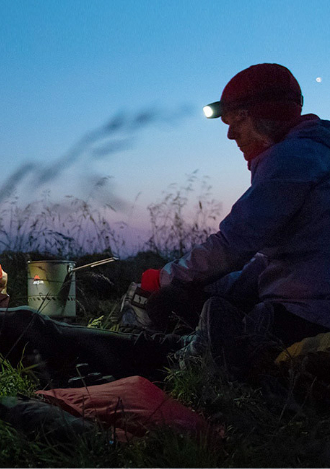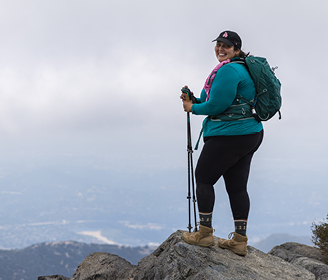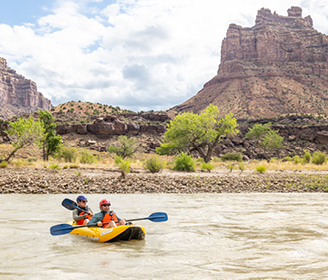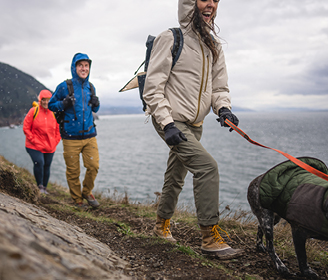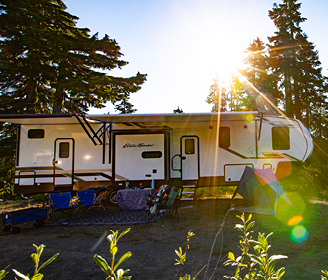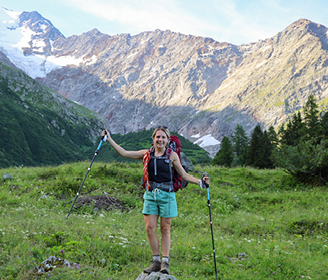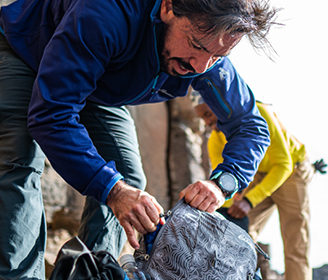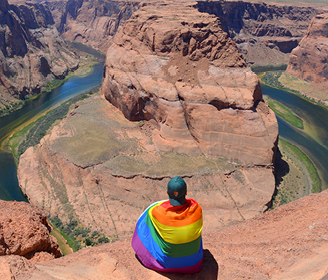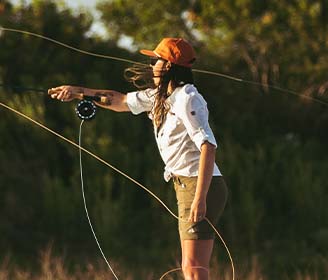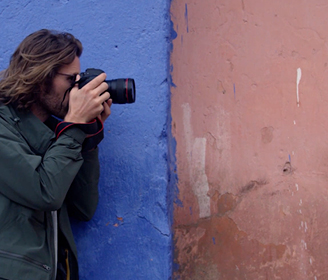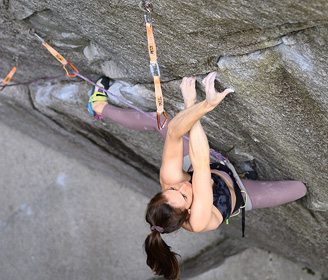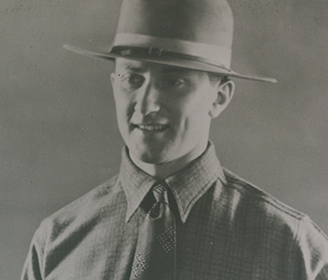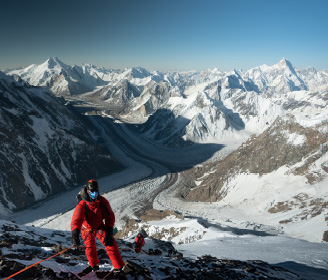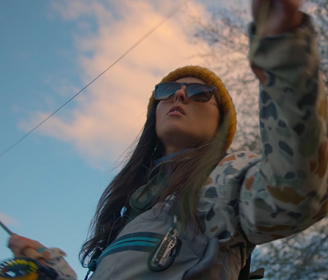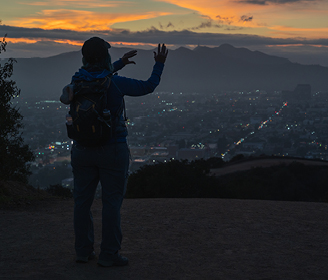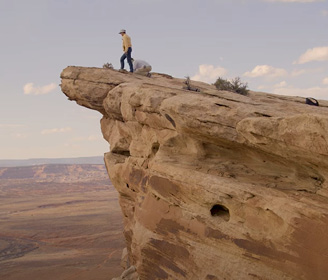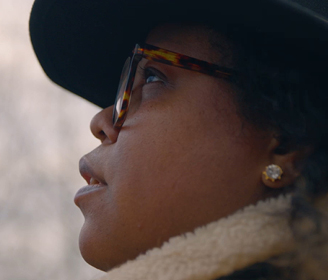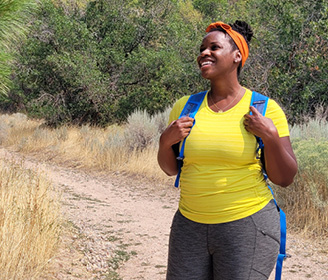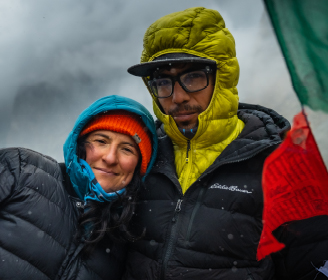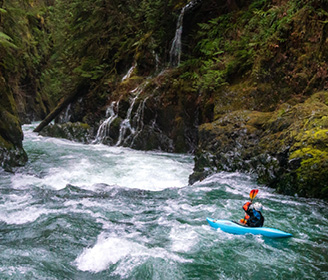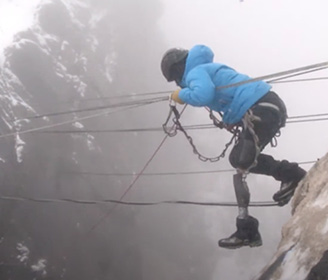You may have heard the phrase “The Ten Essentials” when talking about recreating in the backcountry, like going for hikes or finding some of those dream campsites. But you may have some questions, especially if you’re just getting started on your outdoor adventures, like: What are the 10 Essentials? Why do I need them? Isn’t this a bit much? Let’s find out!
WHAT ARE THE 10 ESSENTIALS?
In the 1930s, the Seattle-based climbing and outdoor adventure organization, The Mountaineers, published the first edition of guidelines for a collection of gear to carry with you to respond to sudden and unexpected changes in your outdoor experience. That means, even Eddie Bauer himself was probably following these on his backcountry fishing and camping trips. These guidelines have evolved over the years and are represented not just as single items but as ten essential systems or categories. In short, they are:
(click on each or scroll below to learn more about each one)
- Navigation
- Sun Protection
- Illumination
- First Aid
- Tools/Repair
- Fire
- Shelter
- Extra Clothes (warmth)
- Extra Water/Hydration
- Extra Food
WHY DO I NEED THE 10 ESSENTIALS?
Short answer: they’re essential. You may not use everything on this list every time you go outside, but this collection is meant to answer two questions:
- Can you prevent outdoor emergencies or respond positively if faced with one?
- Can you safely spend one or more nights outdoors?
With the right gear and knowledge the answer is a resounding YES!
1. Navigation – Topographical (Topo) or Relief Map, Compass, GPS device.

Being able to orient yourself to your surroundings and identify your bearings is important for ensuring you don’t get lost or separated from your camp. Carry a printed topo map of the area but also be sure you are familiar with how to read the map.

Various compass options are available, including non-battery-operated baseplate options and sighting mirror compasses that can flash sunlight in case of emergency.
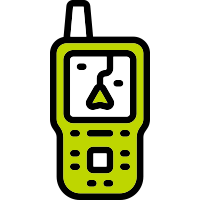
GPS units are excellent for accurate location finding on a digital map, but remember, they run on batteries so you may need to monitor device charging.
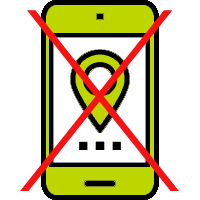
When in the backcountry, you may not always be able to rely on your phone to have signal or accurate tools like a compass or trail maps. Although a mobile phone can be useful, it’s not a recommended tool for navigation.
2. Sun Protection – Sunglasses, Sunscreen, Hats, UV Clothing

Protecting yourself from sun exposure is not just an emergency scenario, it is basic outdoor procedure. The sun’s radiation penetrates clouds and reflects off snow, rock, and water. So taking some basic precautions will protect your skin, your eyes, and your excitement for your adventure.

Sunglasses that block ultraviolet light (UVA/UVB) light are necessary to block harmful sun rays and glare. Your group may want to consider having an extra pair among you in case someone breaks a pair.

Sunscreen when properly applied will limit exposure to UV rays and reduce risk of sunburn. Typical users may only need an SPF (sun protection factor) of 15-30, but those in higher elevations, on snow, or on water may want to use SPF 50.

Hats and sun-protection clothing are a great way to block the sun from reaching your skin. Specifically, UV protective clothing is specially made to be lightweight options that block the sun’s UV rays. But any exposed skin should still have sunscreen applied.
3. Illumination – Headlamp, Flashlight, Lantern

When night falls, being able to find your way through darkness is essential. Headlamps are a preferred light source because they are hands free, allowing you to use tools, cooking equipment, or trekking poles. But flashlights and lanterns can serve as a good backup. Always remember spare batteries.
4. First Aid – First Aid Kit

Being able to respond to minor to moderate medical emergencies is important in the wilderness. Many pre-made first aid kits are a great starting point for your ten essentials gear that you can expand based on your personal needs. Every kit should have basics like treatments for blisters, bites, or burns, gauze pads, adhesive bandages, disinfecting ointment, pain relief, and gloves. However, you may want to add specific items based on your medical needs like extra prescription meds, an EpiPen, or eye care.
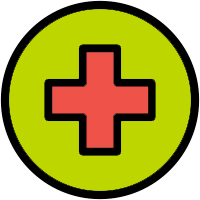
Also, carrying a compact emergency guide for reference when faced with an unfamiliar medical situation is a good idea.
5. Tools – Knife, Multitool, Repair Kit

A knife can help you out in many scenarios in the wilderness; food preparation, first aid, gear repair, and more. Every responsible person in your party may consider carrying a basic knife with them.

For more versatile uses consider a multitool that combines a foldout blade with other useful tools like screwdrivers, pliers, can opener, scissors, etc.

A small gear repair kit can be custom crafted to ensure you’re ready for any minor troubles in the backcountry. Consider what gear you’re traveling with and what may fail (what happens if a trekking pole snaps? Do you have a way to repair your water filter?). Here are some good go-tos: Duct tape, zip ties, a length or cordage, super glue, fabric repair tape, and tent pole repair sleeve.
6. Fire – Lighter, Matches, Stove
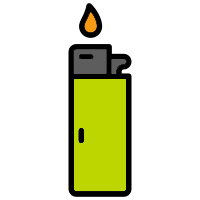
Starting and sustaining a fire can be used for generating heat or for creating an emergency signal. For either case a reliable means to ignite and maintain the fire are critical. A butane lighter, like you find at convenience stores, is a solid option to creating fire (just ensure there’s plenty of fuel in it).

Waterproof matches, stormproof matches, or matches in a waterproof container are also reliable fire starters. Avoid paper matches or matchbooks.

Using firestarters to aid in creating sustained fires (or catching wet, damp wood) is important, such as chemical heat tabs, dry tinder (in waterproof bags), dryer lint from home, or fire nuggets.

In high-altitude, alpine, or snowy areas, a camp stove may be useful to create heat when firewood is non-existent. Make sure you have extra fuel.
7. Emergency Shelter – Tent, Tarp, Bivy, Space Blanket
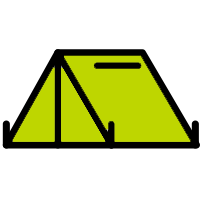
Conditions can change rapidly or an injury and leave you exposed unexpectedly. Shelter will protect you from the elements like wind, rain, and sun. Although a tent is a great primary shelter when camping, it is only an emergency shelter if it is with you at all times. There are other lightweight shelters you can carry with you including tarps, bivy sacks, and space blankets. These can all range from a few ounces to about a pound of extra weight in your pack but, when paired with other supplies in your kit, will help protect you in an emergency situation.
8. Extra Clothes – Jacket, Rain Shell, Hat, Gloves, Long underwear

Do you know the best way to stay warm? Don’t get cold. If you get wet or chilled from unexpected weather changes it can be very difficult regain that lost heat. When packing for your adventure, bring additional clothes, beyond what you need for the basics of the trip. These are the layers that will keep you warm and dry especially during long periods of inactivity (like if you have to make use of an emergency shelter).
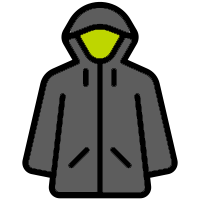
A compressible down jacket will stow in your pack and keep you warm as a great insulating layer. A rain shell will protect you from wind and rain. Also remember a hat and gloves, extra socks, long underwear, and other layers based on your destination.
Explore these categories:
Rain Shells and Jackets
Insulated Jackets
Hats
Gloves
Socks
Long underwear
9. Extra Water/Hydration – Storage, Treatment, Filtering
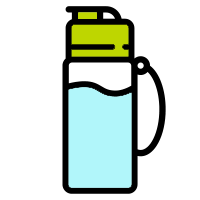
We run on water so ensure you can stay hydrated. Many factors affect how much water we need like temperature, elevation, and exertion/activity level, but a typical amount of water may be around 1.5 – 3 liters per day, although it can be much higher, and every person is different depending on their needs. Plan ahead for your adventure so that you can identify potable water sources nearby (snow, springs, creeks, etc). Carry at least one large-mouth bottle on you but be prepared to carry more. Then look into filters/purifiers or chemical treatments for your refills or use a stove for snow melting in the higher altitudes.
10. Extra Food

If you’ve noticed a theme in the list it’s bring more than you need and be prepared. Bring at least an extra day’s supply of food, especially no-cook food that you can keep on you at all times, like energy bars, trail mix, nuts, dried fruit, or jerky. Keep it nutritional and keep it easy.
So, Isn’t this a bit much?
It may seem like a lot for someone who is just starting off on their backcountry adventures, but as the saying goes, “an ounce of prevention is worth a pound of cure”. These are guidelines meant to help you respond to outdoor emergencies. Many of the systems here can be customized to suit your adventure. Now go have an amazing time outside and live your adventure!

